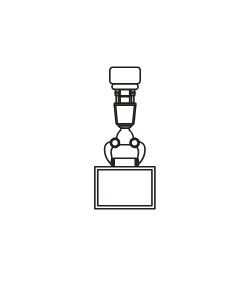Welding Fundamentals: Tips For First-Timers
If you have recently picked up a fabrication or automotive hobby, you may find that having access to a welder can help you complete your projects faster and easier. However, what if you're fairly new to welding and you don't have the expertise? The good news is that it's fairly easy to learn how to create quality, strong welds with a little bit of patience. Here are some things that you should know:
Learn Your Welder First
Before you try to use your welder for any projects that you're depending on, it's important that you take some time to get to know the machine. You need to familiarize yourself with how the welder handles, including the feed rates, the flash, and the final product. This gives you time to get a feel for how quickly you need to move the wire through the weld area to avoid bubbling or pooling. Practice with some scrap metal until you have a feel for the machine.
Prepare Your Metal Carefully
You cannot effectively weld on any metal surface that isn't carefully prepared. Any contaminants, oils, or other particles on the metal's surface can interfere with the weld's adhesion. This can lead to cracks in the weld or flaking afterward.
Make sure you clean the metal with a quality degreaser, rinse it thoroughly, and then dry it with a lint-free cloth before you get started. That way, you don't have to worry about anything interfering with the weld.
Know What To Watch For
Once your weld is finished, you need to know what to watch for that could indicate weakness. A quality weld is smooth and consistent; if you see ripples, bubbling, or any hot spots in the weld, that's an indication that your weld could be weakened.
In addition, if you've gone back over any welded areas, you could likely have weakened the weld beneath and made it brittle. If you have any questions about the integrity of the weld itself, you should work with a contractor that offers weld inspections. There are a variety of non-destructive testing methods that can tell you if your weld is secure. This is well worth the investment when you're just getting started because it helps you learn the fundamentals.
These are some of the things you need to consider when you get started welding. If you're not confident in your skills, work with a certified welder in your area until you can build the skills that you need. You can contact companies like Acutech for more information.
 If you contribute to the industrial and manufacturing industry you may have considered implementing digital technology into your business. There's always a fear of the unknown and it's quite common to feel hesitant about trying something new. We created this site to help you decide if a changeover to digital technology is right for your business model.
We've researched the advantages and disadvantages of digital transformation by examining data, case studies, and speaking with manufacturing heads who have already embraced the transition. As you read the articles in this blog, you'll gain valuable insight into cost performance, productivity rates and quality enhancements of digital technology. We hope that by providing this information it will help you decide if a digital transformation is in your near future.
If you contribute to the industrial and manufacturing industry you may have considered implementing digital technology into your business. There's always a fear of the unknown and it's quite common to feel hesitant about trying something new. We created this site to help you decide if a changeover to digital technology is right for your business model.
We've researched the advantages and disadvantages of digital transformation by examining data, case studies, and speaking with manufacturing heads who have already embraced the transition. As you read the articles in this blog, you'll gain valuable insight into cost performance, productivity rates and quality enhancements of digital technology. We hope that by providing this information it will help you decide if a digital transformation is in your near future.